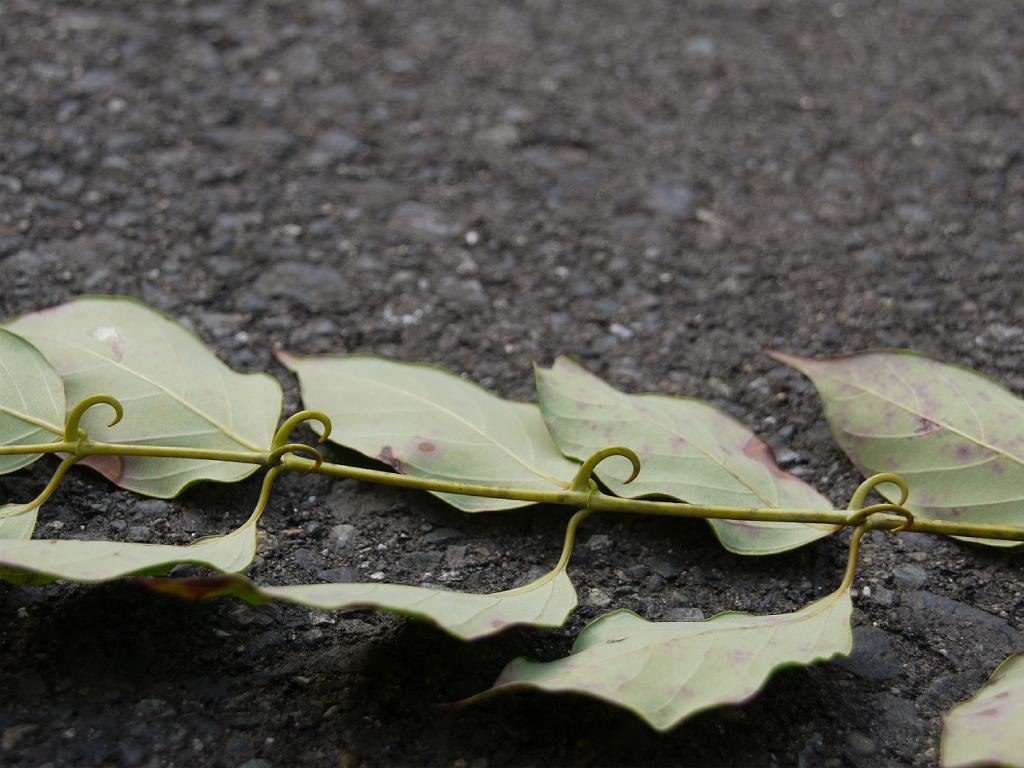Cat’s claw (Uncaria rhynchophylla) is a vine plant that belongs to the Rubiaceae (coffee) family of plants. Cat’s claw can grow up to 10 meters in height and it produced hooks that enable it to attach to the surface upon which it climbs. Cat’s claw produces yellow flowers and a winged seed. Other common names for cat’s claw include gou teng. Cat’s claw has a long history of use in Chinese medicine where the herb is used to treat convulsions and epilepsy. In animal models of epilepsy, injections of cat’s claw have been shown to reduce the occurrence of seizures in guinea pigs and convulsions in mice. However, cat’s claw may also possess anxiolytic and sedative properties which may make it a useful treatment for those suffering from mood disorders. Cat’s claw is widely available as supplements and can be consumed as tea, tablets, capsules, powders and tinctures. The supplements are often standardised for total alkaloids, as the alkaloids are thought to be responsible for some of the medicinal effects.

The chemical composition of cat’s claw has been investigated. The climbing hooks of cat’s claw contains mainly alkaloids including rhynchophylline, corynoxeine, corynanthine, hirsutine and hirsuteine. These alkaloids may be responsible for some of the mood elevating effects of the herb. However, extracts of cat’s claw contain a number of flavonoids of the flavon-3-ol group including catechin and epicatechin. Some evidence suggests that flavonoids are able to bind to the benzodiazepine receptor in the brain and cause anxiolytic and sedative effects. In addition, cat’s claw has been shown to possess antioxidant effects. These antioxidant effects have been shown to be involved in the antiepileptic effects of the herb, possibly through decreased lipid peroxidation in the brain. Therefore the antioxidant effects of cat’s claw may also be responsible for the anxiolytic effects through a similar mechanism. Image from: keisotyo (自分で撮影) [GFDL (http://www.gnu.org/copyleft/fdl.html) or CC BY-SA 4.0-3.0-2.5-2.0-1.0 (http://creativecommons.org/licenses/by-sa/4.0-3.0-2.5-2.0-1.0)], via Wikimedia Commons.
The scientific studies investigating the effects of cat’s claw are limited in number. However, there is evidence that cat’s claw extracts do confer anxiolytic effects to animals. For example, in one study, researchers investigated the effects of water extracts of cat’s claw hooks and stems on rats exposed to experimental stress. Both single and repeated treatments with cat’s claw extracts significantly reduce the anxiety experienced by the rats. However, at the dose used no sedation was noted in the behaviour of the rats. From this study, it was suggested that components of cat’s claw may act through the serotonin system in the brain. However, the flavonoids within cat’s claw may also affect the benzodiazepine receptor and cause anxiolytic effects in this way. Further, evidence also suggests that components of cat’s claw are able to inhibit the monoamine oxygenase enzyme system. This enzyme system is responsible for breaking down serotonin in the brain, and through its inhibition, cat’s claw could modulate serotonin levels.
Eat Well, Stay Healthy, Protect Yourself
RdB
